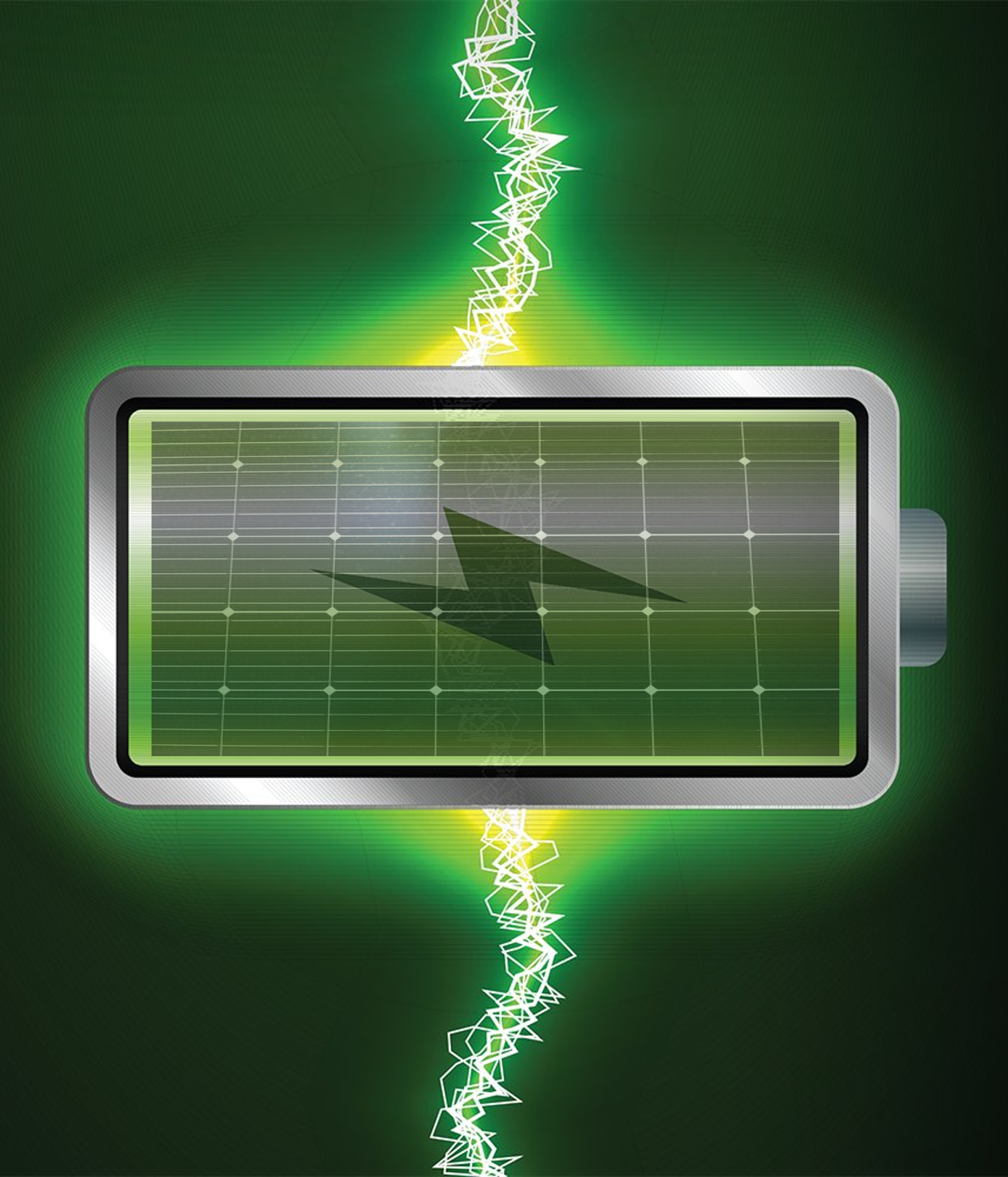It’s the year 2050 and you’re awoken by a soft humming near your ear. You slowly open your eyes and see Herbert, your robotic assistant hovering a few inches above your face. It’s time to wake up – your first class of the day is 10 minutes away.
You stand in front of the sink fumbling around for your toothbrush. As you turn the tap towards the cold-water side you let out a howl of pain as near boiling water comes gushing. You quickly twist the tap the other way and let out an even louder howl of pain. Herbert informs you that the outside temperature is 54 degrees, the hottest day ever seen in Oslo. You look out of the window where even the searing December sun is struggling to cut through the thick layer of smog. All this energy from the sun but they kept burning coal and look what that led to.
Whether you’d name your robotic assistant Herbert or not it certainly up for debate, but what cannot be debated is that climate change is a real and looming threat unless we act now. The principal way to tackle climate change is by moving away from carbon emitting fossil fuels towards renewable sources of energy. Our convenient position near a giant star means that we receive huge amounts of solar energy in the form of sunlight each day! Solar energy is therefore the prime candidate to replace fossil fuels.
However only 2% of the worlds solar power comes from solar energy. One of the major factors that has inhibited the large-scale utilization of solar panels (which convert sunlight to electricity) is the fact that solar energy is only produced for half of the day. In fact, most solar energy is produced between 12-4 PM but the demand for electricity skyrockets between 5-7 PM. This is because as darkness descends, lights are switched on, and people return home. This means that solar energy needs to be stored to ensure that it can be used in the night.
The most obvious solution would be to connect a solar cell to a battery. However, a charge controller is needed to prevent overcharging of the battery by the solar cell which can account for up to 30% of the cost of the system. Additionally, the intermediate wiring required results in a bulky system.
My PhD will focus on developing a new class of devices called light-rechargeable photobatteries which combine the properties of a solar cell and a battery into a single device, in the same device architecture. To understand how these devices work we need to first understand how a solar cell and a battery operate individually.
A solar cell is mainly made up of a special material called a semiconductor. A semiconductor lies somewhere between a metal (which has plenty of free electrons and is hence conductive) and an insulator, that has no free electrons and is hence non-conductive. A semiconductor has fewer free electrons than a metal but when provided with energy (such as light) some of its electrons can be excited and made “free”. The spot which the free electron leaves behind is called a “hole”. Solar cells use silicon as their semiconducting material. When light shines on silicon an electron is “freed” and a hole is left behind. The electrons and holes are then separated and channelled in separate directions. A flow of electrons constitutes a current and thus, energy is generated.
Meanwhile batteries seek to store rather that generate energy. The most popular battery is the lithium-ion battery, which, shockingly, uses lithium ions to store charge. Batteries consist of an anode and cathode. To charge a battery you need to push a lithium ion out of the cathode towards the anode and provide an electron to reduce the lithium ion to lithium metal at the anode. Therefore, lithium-ion battery electrodes need to be able to allow lithium ions to insert and de-insert in and out of them.
In a photobattery we seek to have materials which are both semiconducting (and can thus harvest solar energy) and can also support lithium-ion de-insertion and insertion (just like a battery!). When this special material is put in a battery and exposed to sunlight it can both allow lithium ions to enter and exit and provide the all-needed electrons needed to complete the charging process by virtue of its semiconducting nature!
My PhD will seek to make this new class of devices more efficient and safer to use, hopefully allowing for commercialization in the near future!
NanoDTC PhD Student, c2020

